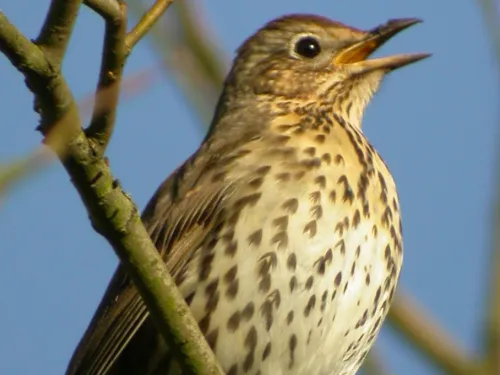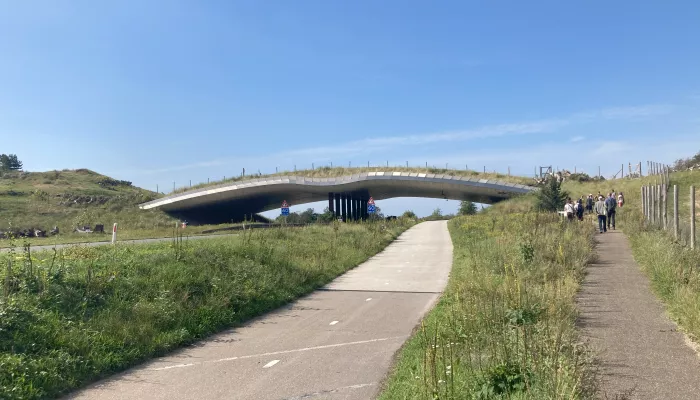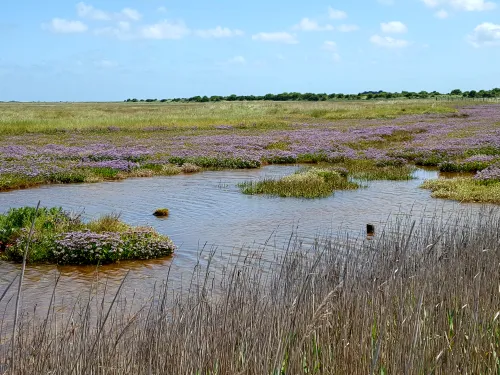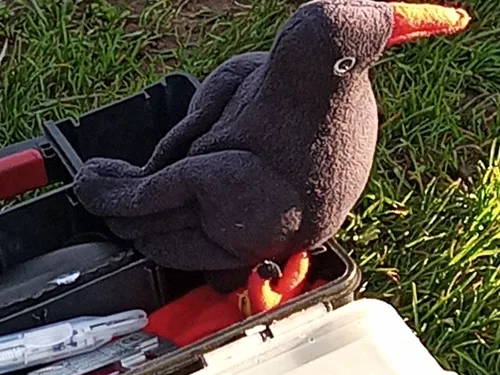
January on Hothfield Heathlands: Berries & celebrations
If December was a merry berry month for humans celebrating mid-winter festivities, January and February are serious berry months for birds and mammals aiming to survive winter...

Help us protect and restore the natural ecosystems that we coexist with.

If December was a merry berry month for humans celebrating mid-winter festivities, January and February are serious berry months for birds and mammals aiming to survive winter...

Teacher, campaigner, and member Kerry Sabin-Dawson talks all about her membership journey in this blog.

Temple Ewell is a proud to be the pilot school for Chough Champions, a recent addition to the Wilder Kent Awards. Learn more about the initiative here.